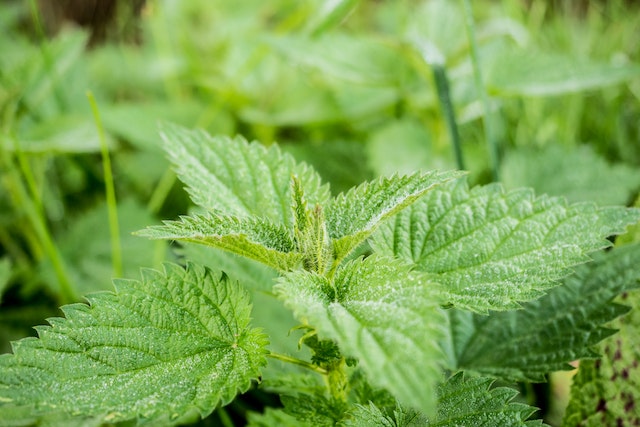Botanical Description:
Scientific Name: Mentha × piperita
Common Names: Peppermint
Description:
Peppermint, scientifically known as Mentha × piperita, is a popular aromatic herb with a refreshing flavor. Beyond its culinary uses, Peppermint has a rich history in traditional medicine, offering potential therapeutic benefits. Explore the traditional uses, constituents, and applications of Peppermint in this Materia Medica.
Disclaimer:
This Materia Medica is provided for informational purposes only and should not replace professional medical advice. Please consult with a qualified healthcare practitioner or herbalist before using any herbal remedies.
Therapeutic Actions:
- Digestive Aid:
- Peppermint is known for its digestive benefits, easing indigestion, and promoting the flow of digestive juices.
- Antispasmodic:
- Exhibits antispasmodic properties, potentially relieving gastrointestinal spasms and discomfort.
- Mental Clarity:
- Peppermint is traditionally used to promote mental clarity, focus, and alleviate mental fatigue.
- Respiratory Support:
- Used for respiratory support, Peppermint may assist in relieving congestion and promoting clearer breathing.
Constituents:
- Menthol:
- Menthol, a compound in Peppermint, is responsible for its characteristic cooling sensation and potential therapeutic effects.
- Menthone:
- Menthone contributes to the flavor and aroma of Peppermint and may have mild analgesic properties.
- Terpenes:
- Various terpenes found in Peppermint contribute to its overall medicinal properties.
Traditional Uses:
- Digestive Health:
- Peppermint is traditionally used to alleviate indigestion, bloating, and support overall digestive function.
- Mental Alertness:
- Used to enhance mental clarity, Peppermint may be beneficial for improving focus and reducing mental fatigue.
- Respiratory Comfort:
- Peppermint is employed for respiratory support, providing relief from congestion and promoting easier breathing.
- Topical Cooling:
- Peppermint oil or infused oils are used topically for their cooling sensation and potential analgesic effects.
Dosage and Preparation:
- Peppermint Tea:
- Infusions or decoctions can be made using dried Peppermint leaves for internal use. Dosage should be in accordance with recommended guidelines.
- Peppermint Oil:
- Peppermint essential oil can be used topically for its cooling effects. Dilution is recommended.
- Culinary Uses:
- Fresh or dried Peppermint leaves can be used in culinary applications, adding flavor to dishes and beverages.
Cautions and Considerations:
- Gastroesophageal Reflux Disease (GERD):
- Peppermint may exacerbate symptoms in individuals with GERD. Caution is advised.
- Allergies:
- Individuals with known allergies to Peppermint should avoid its use.
- Topical Sensitivity:
- Some individuals may experience skin sensitivity to Peppermint oil. Dilution or patch testing is recommended.
Conclusion:
Peppermint, with its invigorating aroma and versatile uses, stands as a beloved herb in both culinary and traditional medicinal practices. From digestive support to mental clarity and respiratory comfort, Peppermint offers a spectrum of potential benefits. Whether enjoyed as a tea, used in essential oils, or incorporated into recipes, Peppermint provides accessible options for those seeking natural remedies. Precautions are necessary, particularly for individuals with specific health conditions or sensitivities. This Exhaustive Materia Medica aims to provide comprehensive insights into Peppermint’s botanical description, therapeutic actions, constituents, traditional uses, dosage, precautions, and applications. For personalized guidance, consultation with healthcare professionals or herbalists is recommended to ensure safe and effective utilization of Peppermint as a herbal remedy.





